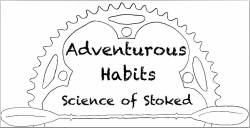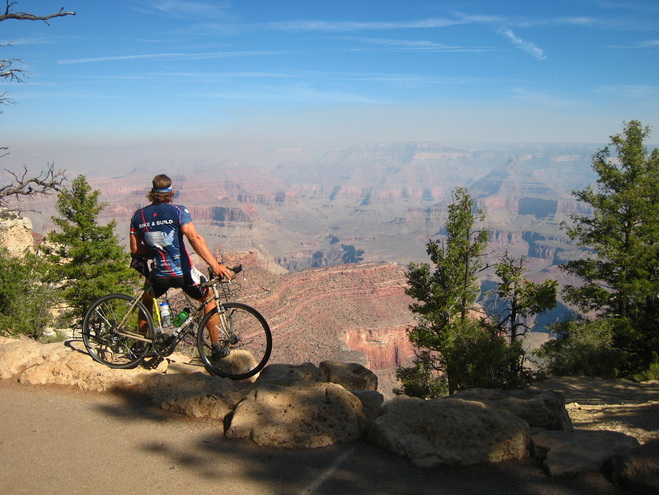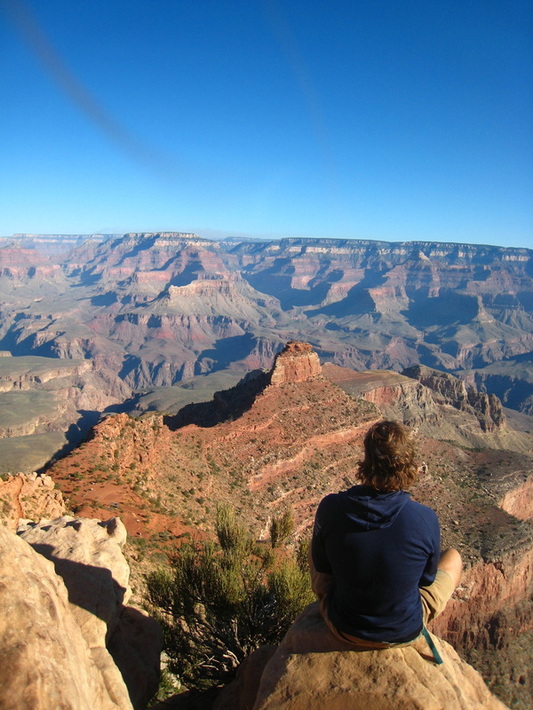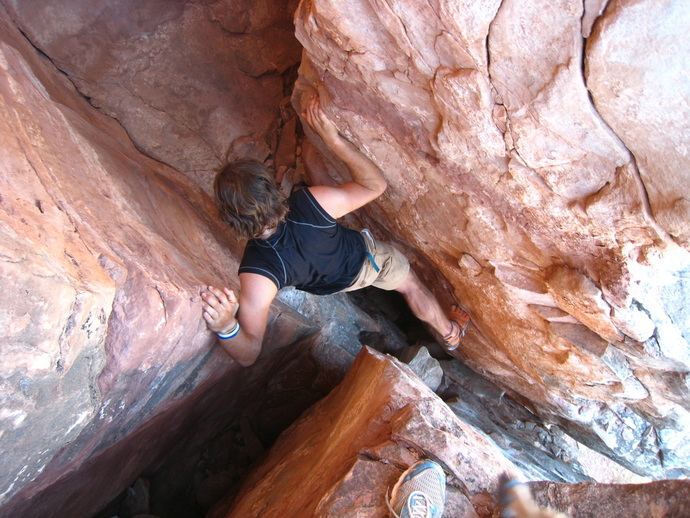There is a lot of build-up when approaching this great downcut in the ground; shops and trading posts with Grand Canyon souvenirs and signs start almost immediately after leaving Flagstaff. Because of all the buildup, I thought I would be able to see the canyon miles before getting there - I don't know why I thought that. After waiting in a massive line of visitors waiting to get into the park (did you know that the average time-of-stay for visitors is a mere 3 1/2 hours?), I rode for a few miles through the tall Ponderosa Pine forests of the park before catching my first glimpse of the canyon. When I saw it, however, it took my breath away. The alternating limestones and sandstones, sparkling white and red in the sun, and shale layers covered by hardy vegetation, all viewed through miles of open air, makes for one of those sights that just cannot be captured by photographs and movies.
So, how exactly do we interpret the rock record? Well, we can start by interpreting the rock types. The deepest rocks that the river now runs through are metamorphic - they were warped and changed by high pressures and temperatures that were created by the formation of a mountain range in the area millions of years ago. The mountain range was then eroded away, and this is when the more recent rock record begins. These more recent rocks are sedimentary - they are formed from the deposition of all of the particles I mentioned before and turned into rocks when they were further buried by other particles. There are three main types of rocks in these layers - Shale, Sandstone, and Limestone. Now, these sedimentary rock types are formed at the same time, but in different parts of the ocean. The sandstone tends to be formed from areas where modern day beaches would exist, the shale is formed a bit further out in the ocean where more fine mud particles settle, and the limestone is formed even further out from the calcium-based shells of millions of sea organisms - primarily coral! So, the alternating layers of these rock types tells us about how deep in the ocean the area that is now the Grand Canyon was located throughout time. What does this mean? It means two things - first that sea level has risen and fallen in the past as the planet has warmed and cooled, locking more or less water up in the great glaciers. We can learn about these changes through studying this rock record. Second, that plate tectonics has played an active role in the recent uplift of this land.
The cave went back for about 20 feet before ending. However, in the roof at the very end of the cave was a small opening that I could see light coming through from somewhere above. I reached up and was able to latch onto some over hanging rock and pull myself up, barely squeezing through the small space. Above, I found two vertical rock walls, spaced just far enough apart that I was able to shimmy up by placing one hand and one foot on each wall. After shimmying for about 20 feet, I reached a ledge that had another, perpendicularly planar crack between two vertical walls, so I shimmyed up for another 20 feet or so and reached a second ledge, almost at the top of the butte. From it, I had a view of not only the canyon, but of the steep cliffs falling from the surrounding rock straight into the muddied, brown waters of the mighty Colorado. The moment was irreplaceable.





